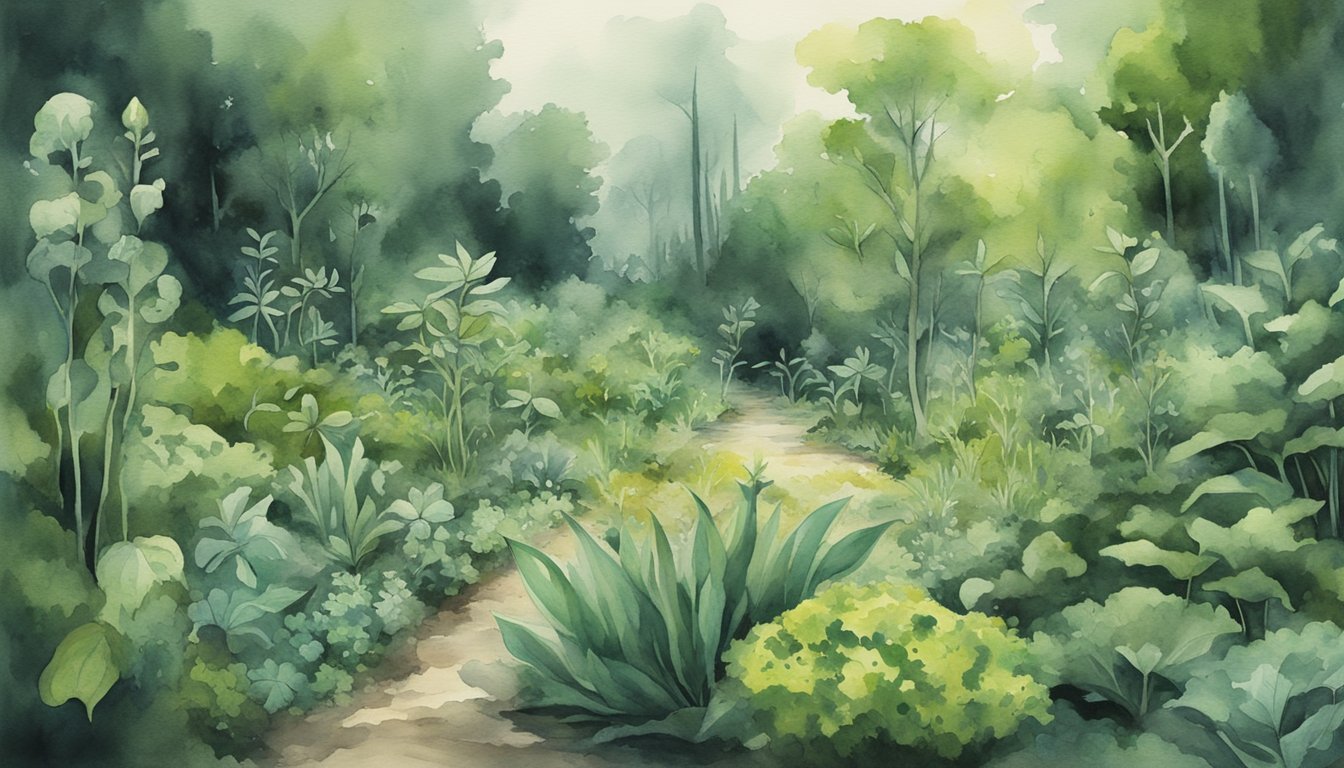Understanding the Poison Garden
The Poison Garden at Alnwick Garden is a unique blend of horticulture, history, and education. It stands as a testament to both the beauty and peril that can be found in nature, particularly in plants with toxic properties.
Historical Backdrop
The origins of the Poison Garden trace back to the Duchess of Northumberland, Jane Percy, who envisioned a garden that combined both splendor and an element of danger. This idea found roots in historical precedents such as the Medici poison garden and traditional apothecary gardens, which utilized various plants for medicinal purposes despite their potential toxicity.
Alnwick Garden Spotlight
Situated in northeast England, Alnwick Garden is a contemporary restoration project that draws on the area’s significant history. Once a disused space, today it houses the infamous Poison Garden, nestled behind black iron gates, indicative of its deadly inhabitants. A wide range of plants including opium, cannabis, and ricinus communis are grown, each with a story to tell.
Deadly Beauty
Alnwick Garden’s Poison Garden is distinctive for its collection of plants that are as lethal as they are stunning. These species have evolved to kill, and they serve as a living library of the world’s most poisonous plants. Despite their danger, these plants captivate with an inherent allure, drawing attention to the fine line between natural beauty and toxicity.
The Educational Mission
The core mission of the Poison Garden goes beyond mere fascination; it serves to educate. It aims to raise awareness about the effects of toxic plants, but also plays a crucial role in drug education by showcasing plants that are commonly misused as narcotics. Visitors learn about historical uses, potential dangers, and the impact these plants have had on the family and society throughout history.
Exploring Poisonous Plant Species

This section delves into various poisonous plants, their dangers, and the intricate balance they maintain in their ecosystems.
Iconic Poisonous Flora
Among the most notorious is Atropa belladonna, commonly referred to as deadly nightshade. This plant’s berries and foliage contain atropine, a substance that can be lethal even in small quantities. Similarly, plants like hemlock and monkshood are deceptively dangerous; their toxins directly disrupt the nervous system when ingested. The visually stunning Brugmansia, or angel’s trumpet, exudes toxic fumes that command a respectful distance.
| Plant Species | Toxins | Notable Effects |
|---|---|---|
| Atropa belladonna | Atropine | Respiratory failure, delirium |
| Hemlock | Coniine and other alkaloids | Respiratory collapse, muscle paralysis |
| Monkshood | Aconitine | Numbness, heart palpitations |
| Brugmansia | Scopolamine and atropine | Hallucinations, muscle weakness |
Gardening with Caution
When cultivating such plants, wearing gloves is critical to prevent skin absorption of plant toxins. Some gardeners may even wear hazmat suits and masks when handling the exceptionally dangerous species, such as those that can deliver toxins through the air. Accurate warnings and secure garden layouts are necessary to ensure safety for both the public and the gardeners themselves.
The Role of Plant Toxins
Plants like the opium poppy, which contains powerful alkaloids used in medicine, and ricin from the castor bean plant, serve as stark examples of nature’s capacity for both harm and healing. Yet, these plant toxins play a pivotal role in the plant’s defense mechanism against herbivores and pathogens. Understanding the poisonous properties not only informs safe human interaction with these plants but also underscores their significance in the delicate balance of their natural habitats.

